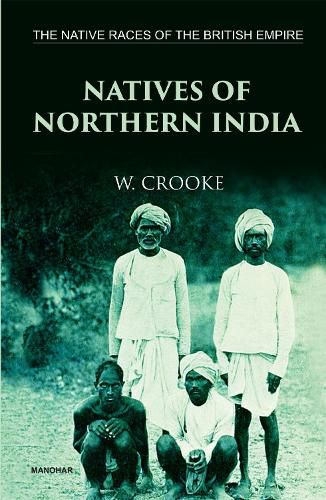Readings Newsletter
Become a Readings Member to make your shopping experience even easier.
Sign in or sign up for free!
You’re not far away from qualifying for FREE standard shipping within Australia
You’ve qualified for FREE standard shipping within Australia
The cart is loading…






The work describes the people of northern India, from their habitat to their religious beliefs, from their social life and professions to their race type in a concise manner. The author clinically introduces his readers to the populace in northern India of the time. First published in London in 1907, Natives of Northern India is systematically laid out in sixteen chapters and the book carries thirty-two illustrations. After discussing the ethnicity of the Indian population, Crooke next talks about the tribes in the northern hills, then the tribes in the southern hills, and he includes their habitat and behaviour, environment, and singular customs and traditions and in which region of the country a particular tribe can be found. Castes such as the Rajputs, Jats and Brahmins; village industries; criminals and what he calls 'vagrant tribes' have also been discussed. Crooke focuses on home life and the role played by women; the typical life of a child and the games they play; social rites and customs that cover perhaps the three most important events in a person's life: birth, marriage and death.
$9.00 standard shipping within Australia
FREE standard shipping within Australia for orders over $100.00
Express & International shipping calculated at checkout
The work describes the people of northern India, from their habitat to their religious beliefs, from their social life and professions to their race type in a concise manner. The author clinically introduces his readers to the populace in northern India of the time. First published in London in 1907, Natives of Northern India is systematically laid out in sixteen chapters and the book carries thirty-two illustrations. After discussing the ethnicity of the Indian population, Crooke next talks about the tribes in the northern hills, then the tribes in the southern hills, and he includes their habitat and behaviour, environment, and singular customs and traditions and in which region of the country a particular tribe can be found. Castes such as the Rajputs, Jats and Brahmins; village industries; criminals and what he calls 'vagrant tribes' have also been discussed. Crooke focuses on home life and the role played by women; the typical life of a child and the games they play; social rites and customs that cover perhaps the three most important events in a person's life: birth, marriage and death.